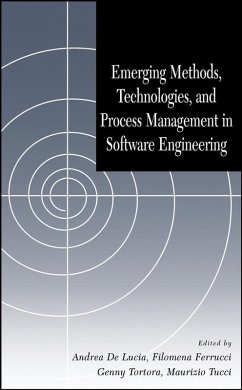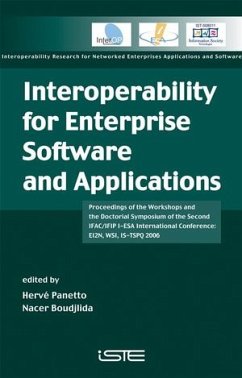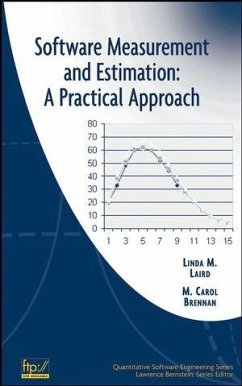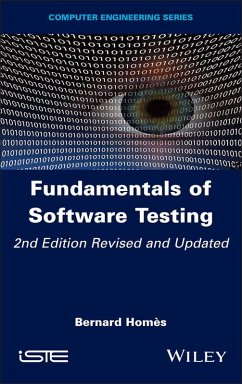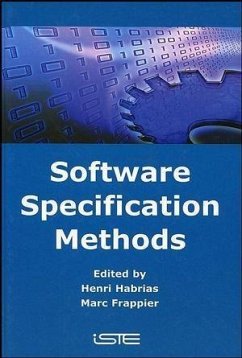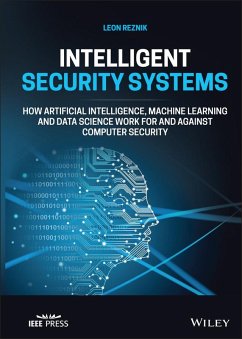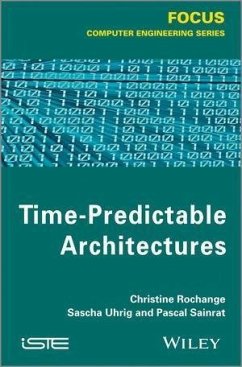
Software Process Dynamics (eBook, PDF)
Versandkostenfrei!
Sofort per Download lieferbar
107,99 €
inkl. MwSt.
Weitere Ausgaben:

PAYBACK Punkte
0 °P sammeln!
This book is designed for professionals and students in software engineering or information technology who are interested in understanding the dynamics of software development in order to assess and optimize their own process strategies. It explains how simulation of interrelated technical and social factors can provide a means for organizations to vastly improve their processes. It is structured for readers to approach the subject from different perspectives, and includes descriptive summaries of the best research and applications.
Dieser Download kann aus rechtlichen Gründen nur mit Rechnungsadresse in A, B, BG, CY, CZ, D, DK, EW, E, FIN, F, GR, HR, H, IRL, I, LT, L, LR, M, NL, PL, P, R, S, SLO, SK ausgeliefert werden.



